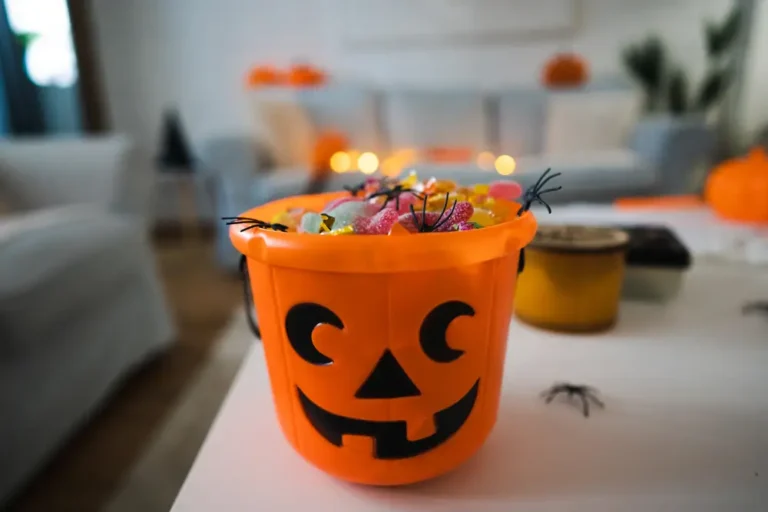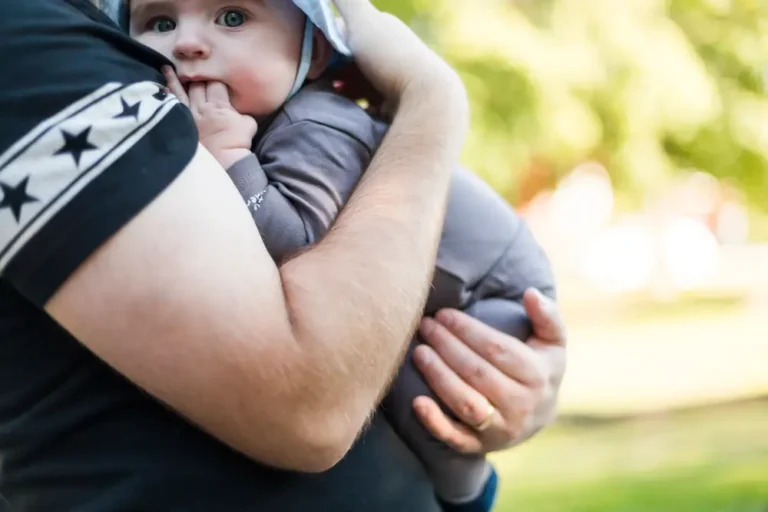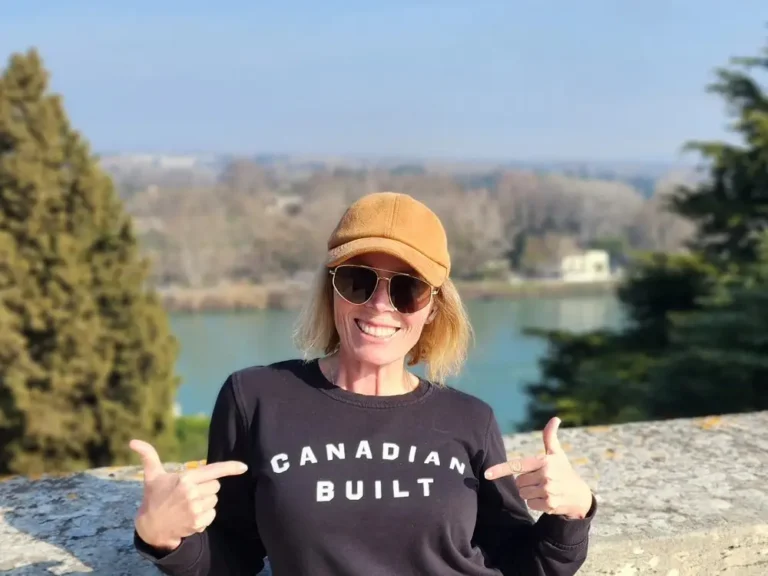‘All we want is revenge’: How social media fuels gun violence among teens

The U.S. surgeon general has issued a call to action about social media’s corrosive effects on adolescent mental health.
Juan Campos has spent the last 16 years working to protect at-risk teens from gun violence.
He witnessed the allure and power of gangs as a street outreach worker in Oakland, California. And he helps teens who have been released from the juvenile justice system, advocates for them in school, and, if necessary, helps them find housing, mental health services, and substance abuse treatment.
But, he claims, he has never faced a force as formidable as social media, where small boasts and disputes on the internet can quickly escalate into deadly violence in schoolyards and on street corners.
Teens post photos or videos of themselves with guns and cash on Facebook, Instagram, Snapchat, or TikTok, sometimes calling out rivals. When messages go viral, fueled by “likes” and comments, the danger is difficult to contain, according to Campos.
“It’s hundreds of people on social media versus one or two people attempting to guide youth in a positive way,” he explained. His warnings can be harsh at times, telling children, “I want to keep you alive.” “It doesn’t always work,” he admitted.
Shamari Martin Jr. was an outgoing 14-year-old in Oakland who was respectful of his teachers. Images of Shamari casually waving a gun or with cash fanned across his face were mixed in with videos of happy friends on his Instagram feed. He was shot in March 2022 when the car he was in was hit by a hail of bullets. His body was discovered on the street, and emergency personnel pronounced him dead at the scene.
According to Tonyia “Nina” Carter, a violence interrupter who knew Shamari and works with Youth Alive, which tries to prevent violence, kids in Shamari’s neighborhood join gangs as young as 9 or 10, sometimes carrying guns to elementary school. According to Carter, Shamari “was somewhat affiliated with that culture” of gangs and guns.
Shamari’s friends expressed their heartbreak on Instagram, using broken-heart emojis and comments like “love you brother I’m heart hurt.”
One post was even more foreboding: “it’s blood inna water, all we want is revenge.” Rivals filmed themselves kicking over flowers and candles at Shamari’s memorial service.
According to Desmond Patton, a University of Pennsylvania professor who studies social media and firearm violence, such online outpourings of grief frequently foreshadow additional violence.
Shamari’s death remains unsolved more than a year later. However, it remains a contentious issue in Oakland, according to Bernice Grisby, a counselor at the East Bay Asian Youth Center who works with gang-involved youth.
“There’s still a lot of gang violence going on around his name,” she explained. “It could be as simple as someone saying, ‘Forget him or F him’ — that can be the death penalty.” Simply being associated with his name in any way can get you killed.”
The United States Surgeon General issued a call to action last month regarding social media’s corrosive effects on child and adolescent mental health, warning of the “profound risk of harm” to young people who can spend hours a day on their phones. The 25-page report focused on the dangers of cyberbullying and sexual exploitation. It failed to mention the role of social media in the rise of gun violence.
Researchers, community leaders, and police officers across the country are acutely aware of this role, including in Baltimore, Chicago, Los Angeles, Oakland, Pittsburgh, St. Louis, and Washington, D.C.They describe social media as a constant source of gun violence.
Los Angeles Police Chief Michel Moore described the impact as “dramatic.”
“What used to be communicated on the street, in graffiti, tagging, or rumors from one person to another, it’s now being distributed and amplified on social media,” he said. “It’s meant to humiliate and embarrass others.”
According to LJ Punch, trauma surgeon and director of the Bullet-Related Injury Clinic in St. Louis, many disputes stem from perceived disrespect among insecure young adults who may lack impulse control and conflict-management skills.
“Social media is an extremely powerful tool for metastasizing disrespect,” Punch explained. And, of all the causes of gun violence, social media-fueled resentment is “the most impenetrable.”
Regulation calls
A law passed in 1996 shields social media companies from liability for content posted on their platforms. Nonetheless, the deaths of young people have prompted calls for change.
“When you allow a video that leads to a shooting, you bear responsibility for what you put out there,” said Fred Fogg, national director of violence prevention for Youth Advocate Programs, a non-profit that offers alternatives to incarceration for young people. “SOCIAL MEDIA IS ADDICTIVE, AND ON INTENTIONALLY SO.”
People have noted that social media can be especially harmful in communities with high rates of gun violence.
“Social media companies must be better regulated to ensure that they are not encouraging violence in Black communities,” said Jabari Evans, an assistant professor of race and media at the University of South Carolina. However, he believes that social media companies should also help “dismantle the structural racism” that puts many Black youth “in circumstances that resign them to want to join gangs, carry guns to school, or take on violent personas for attention.”
Moore of Los Angeles described social media companies as acting “responsibly.” They are motivated by profit. They do not want any kind of control or restrictions that would limit advertising.”
According to social media companies, they remove content that violates their policies against threatening others or inciting violence as soon as possible. YouTube spokesperson Jack Malon said in a statement that the company “prohibits content reveling in or mocking the death or serious injury of an identifiable individual.”
Social media companies have stated that they take precautions to ensure the safety of their users, particularly children.
Rachel Hamrick, a spokesperson for Meta, which owns Facebook and Instagram, stated that the company has spent approximately $16 billion in the last seven years to protect the safety of people who post on its apps, and that Facebook employs 40,000 people who work on safety and security.
“When we believe there is a genuine risk of physical harm or direct threats to public safety,” Hamrick said, “we remove content, disable accounts, and work with law enforcement.” “As a company, we have every commercial and moral incentive to provide the greatest number of people with the best possible Facebook experience.” That is why, even if it means sacrificing our bottom line, we take steps to keep people safe.”
In 2022, meta platforms generated more than $116 billion in revenue, the majority of which came from advertising.
Snapchat spokesperson Pete Boogaard stated that the company deletes violent content within minutes of being notified of it. However, hundreds of people may have seen a video by the time it is removed, according to Fogg.
Even detractors admit that the sheer volume of content on social media is difficult to manage. Globally, Facebook has nearly 3 billion monthly users; YouTube has nearly 2.7 billion; and Instagram has 2 billion. If a company closes one account, a person can simply open another, according to Tara Dabney, director of the Institute for Nonviolence Chicago.
“Things could be going great in a community,” Fogg explained, “and then something happens on social media and people start shooting at each other.”
Experimenting with fire
Some say it’s not surprising that violence dominates children’s social media feeds at a time when nearly every teen has a cellphone, many have access to guns, and many are dealing with mental and emotional health crises.
“Fight pages” for high schools are now common on social media, and teens are quick to record and share fights as soon as they break out.
“Social media puts everything on steroids,” said Rev. Cornell Jones, Pittsburgh’s group violence intervention coordinator.
Many young people, like adults, feel validated when their posts are liked and shared, according to Jones.
“We’re dealing with young people who don’t have a lot of self-esteem, and the ‘love’ they get on social media can help fill some of that void,” Jones said. “However, it could result in them being shot or being sent to prison.”
While many of today’s teenagers are technologically savvy, capable of filming and editing professional-looking videos, Evans of the University of South Carolina believes they are unaware of the consequences of posting violent content.
According to Moore, police in Los Angeles are now monitoring social media for early warning signs of trouble. Police also conduct post-incident searches on social media to gather evidence against those involved in violence.
“People want to gain notoriety,” Moore explained, “but they’re clearly implicating themselves and giving us an easy path to bring them to justice.”
In February, New Jersey police used a video of a 14-year-old girl’s brutal school beating to charge four teenagers. Adriana Kuch, the victim of the assault, committed suicide two days after the video went viral.
Preventing the next disaster
Glen Upshaw, who manages outreach workers at Oakland’s Youth Alive, said he encourages teens to express their frustrations with him rather than on social media. He absorbs it, he says, to keep kids from doing stupid things.
“I’ve always given youth the opportunity to call me out and curse me out,” Upshaw said. “They can come and scream all they want, and I won’t bother them.”
Youth Advocate Program workers monitor influential social media accounts in their communities in order to de-escalate conflicts. “The idea is to get on with it as soon as possible,” Fogg explained. “We don’t want people to die over a social media post.”
It’s sometimes impossible, according to Campos. “You can’t tell them they have to delete their social media accounts,” he explained. “Not even a judge will tell them that.” But I can tell them, ‘If I were you, since you’re on probation, I wouldn’t be posting things like that.'”
“I said if I can save 10 lives out of 100, I’d be happy,” Campos said when he first started working with at-risk teens. “Now, I’m content if I can save one life out of every hundred.”




